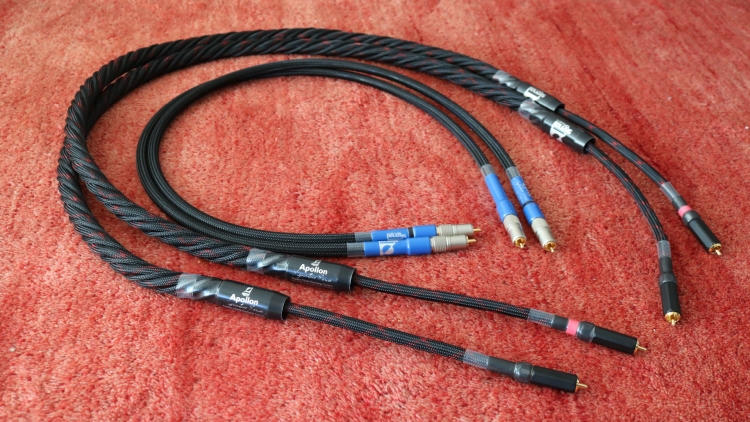
Review sample supplied by Ultisone
Retail prices in the NL including 21% VAT:
Lynx XLR or RCA 1,0m: 950 euro (as reviewed)
Lynx XLR or RCA 1,5m: 1.220 euro
Additional 0,5m lengths: 270 euro
Apollon XLR or RCA 1,0m: 3.700 euro
Apollon XLR or RCA 1,5m: 4.200 euro (as reviewed)
Additional 0,5m lengths: 500 euro
Company Philosophy
Many believe that the manufacturing of audio cable is not an intricate process, basing their opinion on the simplicity of the product itself. In addition to that, the reality where anyone can take a simple wire, a set of plugs, and a soldering iron to make any type of cable, seems to reinforce their opinion.
Signal Projects believes that cable making is a lot more demanding as a process than it may seem on the surface of it, due to the large number of parameters that have to be considered and controlled in order to maximize the performance of reproduction devices. Factors such as resistance, capacitance, impedance, inductance, skin effect, power loss, proximity effect, propagation delay, and many others, need to be measured and controlled during the manufacturing of high-end audio cables, and in Signal Projects nothing is left to chance.
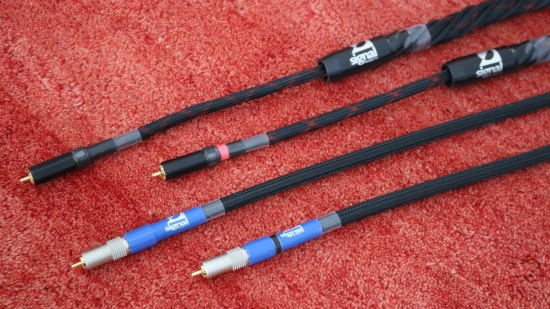
Lynx and Apollon interlinks
The Signal Projects portfolio starts with the Alpha, the Monitor, and then the Lynx, which is one of the subjects of this review. At 950 euro for 1 meter, the Lynx is positioned in a segment where cables are still attainable for most and they routinely provide great value for money. The Lynx cable is well-made, sturdy yet supple, and fitted with nice connectors. The cable employs a Tri-Core consisting of two solid-core sections and one stranded section, all copper.
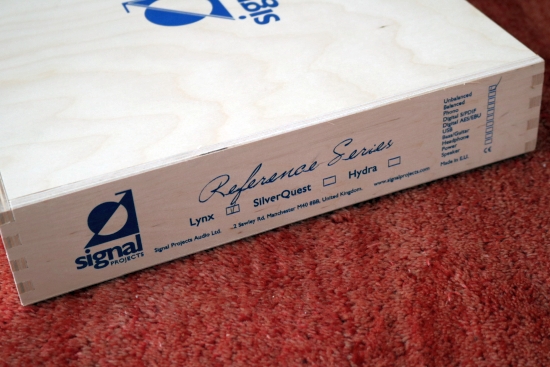
Above the Lynx, there are the Silverquest and Hydra, and then Apollon, which is the other subject of this review. At 3.700 euro for 1 meter or 4.200 euro for 1,5 meters, as reviewed, the Apollon positions itself in the high-end segment where the cost/performance ratio can sometimes be off. But this is also where the boys are separated from the men. This seems to be expressed very clearly in the cable’s appearance. Whereas the Lynx has a straightforward-looking construction, the Apollon has a complex braided construction and is quite heavy. Fortunately, despite its thickness, the cable is still very supple. The Apollon employs a Hybrid construction using Copper, Silver, and Gold for its conductors.
Above the Apollon are 4 more models which position the Apollon in the center of the product catalog. Both the Lynx and the Apollon have been supplied in the RCA version.
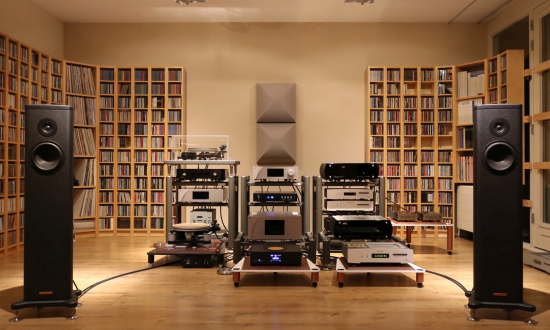
Review Context
I will be listening to these interlinks using a variation of digital music sources in the context of the main reference system. Directly-connected sources include the CH Precision C1 DAC, the Aqua La Diva M2 CD transport, and the Aqua LinQ network interface, and Formula xHD DAC combo in combination with the Audio-GD Master 1 preamp. Cables used for comparison include the Driade Flow Link Reference 808 RCA and XLR, the CH Precision Balanced Link, and the AudioQuest Fire RCA.
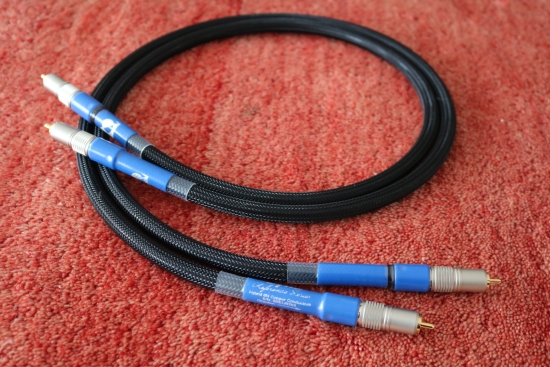
Listening – Lynx
My normal configuration for listening to digital music consists of the CH C1 DAC connected directly to the CH A1.5 power amplifier. Because I wanted to also include the Aqua Formula xHD and because the Lynx cable was too short for the DAC to power amp connection, this called for an analog preamp. For these situations, I have the surprisingly affordable yet also surprisingly linear and transparent Audio-GD Master 1 preamp at hand. And with this preamp, I usually use the Driade Flow Link Reference 808 interlinks (750 euro for 1 meter).
Connected between the C1 DAC and the Master 1 preamp, the Signal Projects Lynx (950 euro for 1 meter) sounds considerably warmer and smoother than the Driade interlink. It’s the kind of sound that is the antithesis of dry and analytical. In certain ways, it reminds me of stereotypical tube sound. Do note the word “stereotypical” as tubes most definitely don’t always sound lush and sweet! But momentarily putting that reality check aside, the Lynx has big and juicy bass and a relaxed, rich, and creamy midrange which are both properties often found in tube products. However, while stereotypical tube products can also sound rounded on top and perhaps a little dark, the Lynx has open, airy, and well-detailed treble.
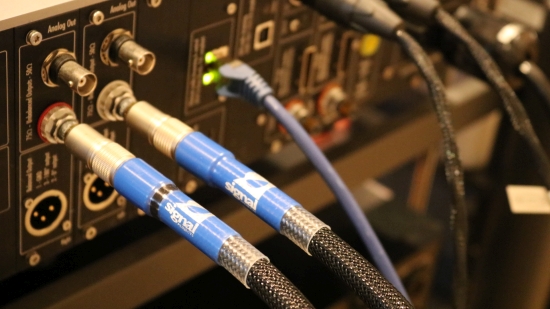
Upon reading this description, one could potentially conjure aural images of a loudness-kind of sound and that wouldn’t be entirely incorrect. However, while the Lynx definitely sounds warm, loudness presumes a bumped-up bass and treble and a saddled midrange and that’s not how I perceive the Lynx. Compared to several of the other cables in my inventory, including the aforementioned Driades, however, it can’t be denied that there is a measure of smearing in the Lynx’s overall presentation, but arguably most noticeably in the bass. Big and juicy it may be, but it’s not very articulate or precise.
The Lynx enriches the music with a luxurious honey-coated ripeness and deep tonal saturation.
While the cable’s rich honey-coated midrange sure is seductive, this makes that the cable is not as expressive or hard-hitting as many of the other cables in my arsenal, but unusually, it still possesses a good level of resolution and detail. It may indeed not be the most exhilaratingly dynamic or most startlingly expressive cable there is, but its rich delivery can quickly become addictive.
Replacing the Lynx for the AudioQuest Water, a long-standing old favorite, makes for a substantial shift. While the Water has a similarly full tonality as the Lynx, and more solid and robust bass and lower midrange than both other cables for which I always used to praise it, it is considerably darker and nowhere near as detailed or as refined as either the Driade or the AudioQuest. In comparison, the Water now sounds ill-defined and even a little muddy.
As a final comparison, I will add the Vermouth Black Pearl MkII. From what I recalled prior to using it in this context, this cable has a delivery that should be very similar to that of the Lynx. And indeed, the two cables are more or less comparable in terms of treble behavior and the overall relaxedness but they are quite different in the bass and the soundstaging. The Vermouth is similarly smooth but leaner in the midbass (less body and impact) and less voluptuous overall. When I reviewed it earlier, I felt that it sounded positively rich and luxurious but the Lynx has simply superseded it in these disciplines, as well as in terms of tonal saturation, overall spaciousness, and flow.
These comparative tests are very important as they show how relative observations can be. My initial feeling of the Lynx was that it was probably not too dissimilar from two other smooth and rich-sounding cables that I have in certain respects. Yet only upon making the direct comparisons, the true differences are laid bare and they clearly show that no matter how lush and smooth the Lynx may appear, it actually has a very carefully- and almost inconspicuously remarkably well-resolved sound.
The big upside of using the Lynx in a transistor system such as mine is that it adds a smooth and forgiving quality. The downside is that it rounds off the transients just enough for me to prefer a more revealing cable.
Still, it’s a little dangerous listening to the Lynx for too long as it will make most other cables sound lean, cool, or matter-of-fact. While the cable is well-balanced, quite detailed, and not slow, I would also not say it is a particularly fast cable. The Driade, for instance, is tighter and faster in the bass and feels more “instant” with its leaner and crisper midrange. But in comparison to the Lynx, the very neutral Driade sounds almost dry and factual. Of course, that’s a relative matter, for as I found during its review, the Driade is as fluid and smooth as the source dictates. It is simply more revealing of what the connected components sound like. And in this case, in the Winter-season, that rightfully unveils a slightly cool-sounding system. But that kind of magnifying glass quality may not be what everyone will be looking for in an audio system.
Next: Listening to the Apollon
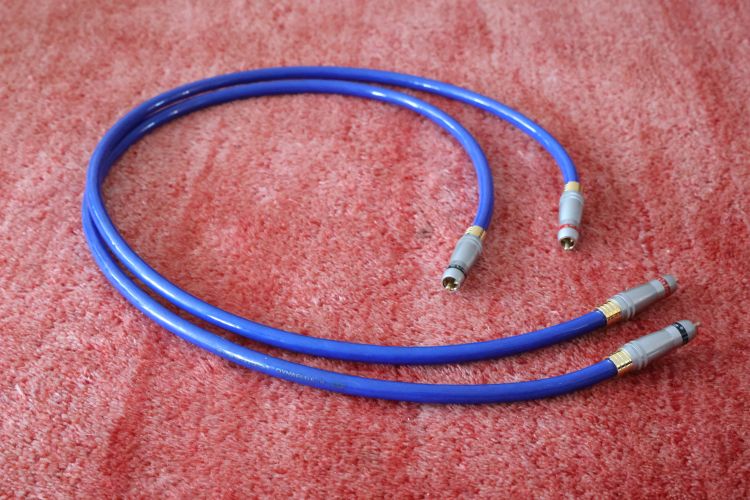

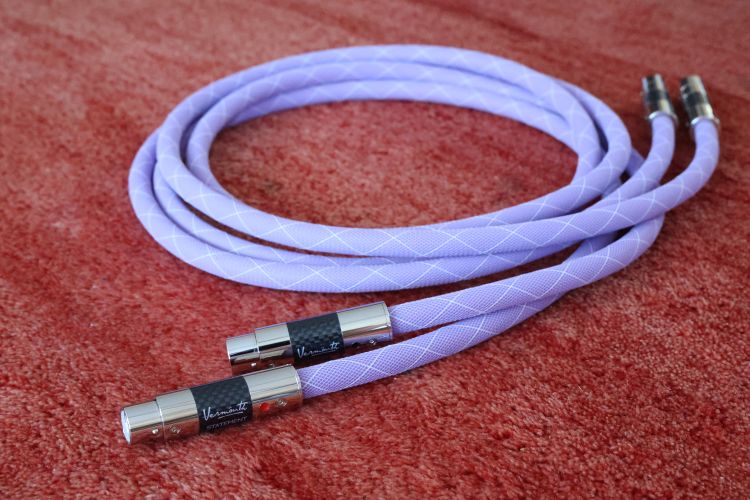
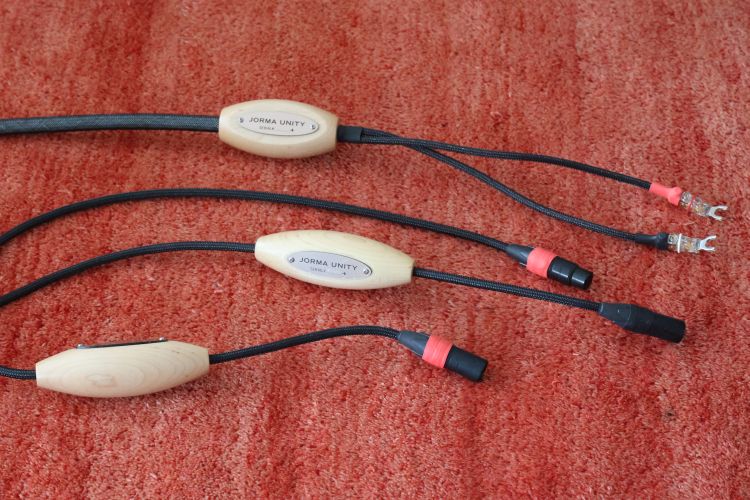
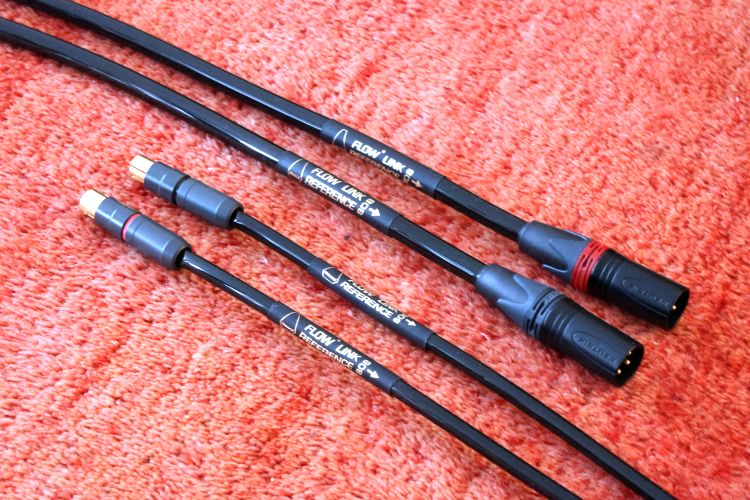
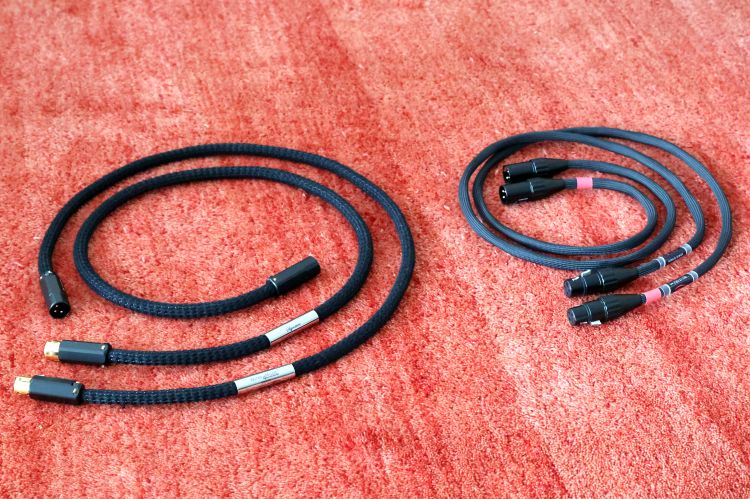
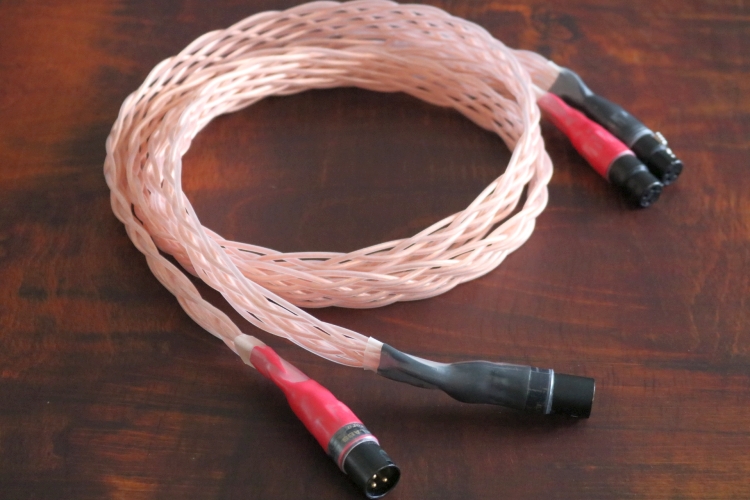
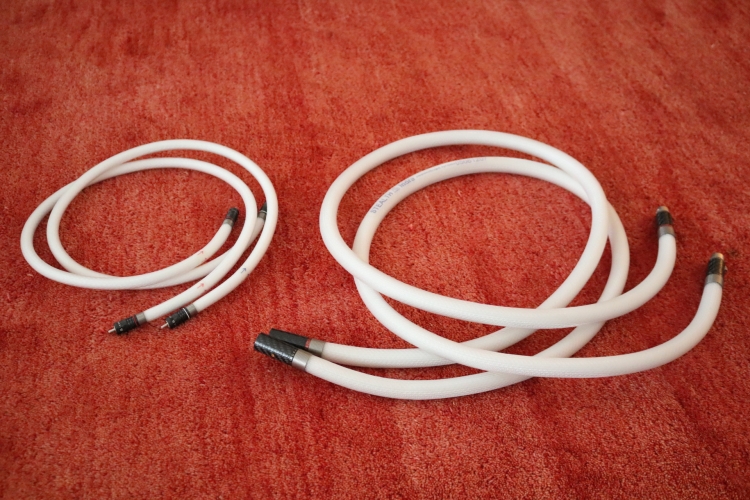
In your review of the Signal Projets Lynx, you state:
“Substituting the Driade cable for the AudioQuest Water, a long-standing old favorite, makes for a substantial shift”.
This is, for me at least, a very confusing statement. Given the context, I believe you mean:
Either “Substituting the AudioQuest Water for the Driade cable” or “Replacing the Driade cable with the AudioQuest Water”, both of which formulations have the same meaning.
Your formulation suggests, on the other hand, again for me at least, exactly the opposite, that you were listening to the AudioQuest Water, and then you tried the Driade cable after that.
My apologies in advance for a very minor linguistic point. I believe, however, that clarity helps your narrative, which is a very good one.
By the way, for your information, I am comparing, in my system, the Signal Projects Avaton USB cable with the Shunyata Omega USB cable. Very different sound, both outstanding cables, I’m hesitating, can’t make up my mind. My head tells me to keep the Shunyata Omega, but my heart tells me to replace this with the Signal Projects Avaton. I will make a decision in the next few days.
The Avaton is very dynamic, makes concertos and symphonies sound “larger” and “grander”, which is great for these types of classical music, and, more generally, is very, very musical. Amazing, if pricey, cable.
Hi Ronnie, you raise a good point! Upon re-reading, I see that I used “Driade” where I should have used “Lynx”. The sentence should have read “Replacing the Lynx for the AudioQuest Water, a long-standing old favorite, makes for a substantial shift.” Thanks for the hint, I always appreciate it when issues are pointed out and I have a chance to clarify the message. I have now amended this in the article.
Regarding your current USB cable decision. Oh, how I am familiar with matters of the heart and the head and how they are often contradictive… My advice would be to play as much music as you can in the available time and to make sure that you listen to all your preferred music styles.
Christian,
Another thorough review and interesting discussion of connector pin sizes something that’s never occurred to me before. Also Happy New Year!
On the subject of head vs heart it is a difficult choice because these cagey cable makers only ever combine the two in their top models. 😉
Cheers,
Jon
Ultimately, the head and the heart agreed: the top of the line Shunyata Omega USB cable was better overall in my system, and, somewhat surprisingly, more musical. The likewise top of the line Signal Projects Avaton USB cable was a fascinating cable, very exciting, dynamic, resolving, and lush, all at the same time (which seems to be a contradiction in terms), but perhaps too much so, likely indicating a deliberate choice of that kind of sound (which some others might prefer in their systems). Surprisingly, given the overall “lush” sound, I also noticed a somewhat “hot” upper midrange and treble, which could perhaps disappear after further run in (I ran it in for around 60 hours). The lower levels in the Signal Projects range (such as Apollon) may actually have a more neutral and “better” overall sound, as well as being more reasonable in terms of pricing.